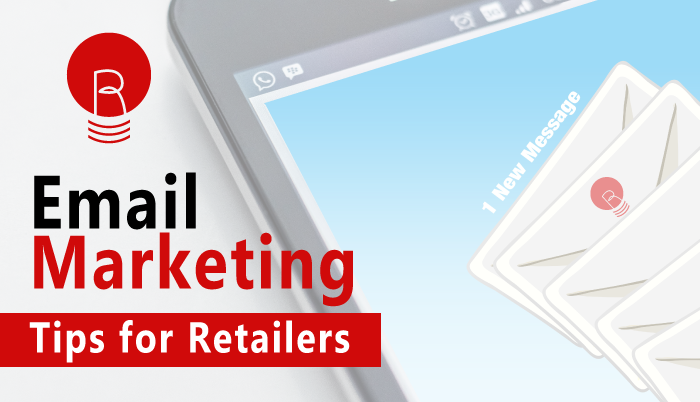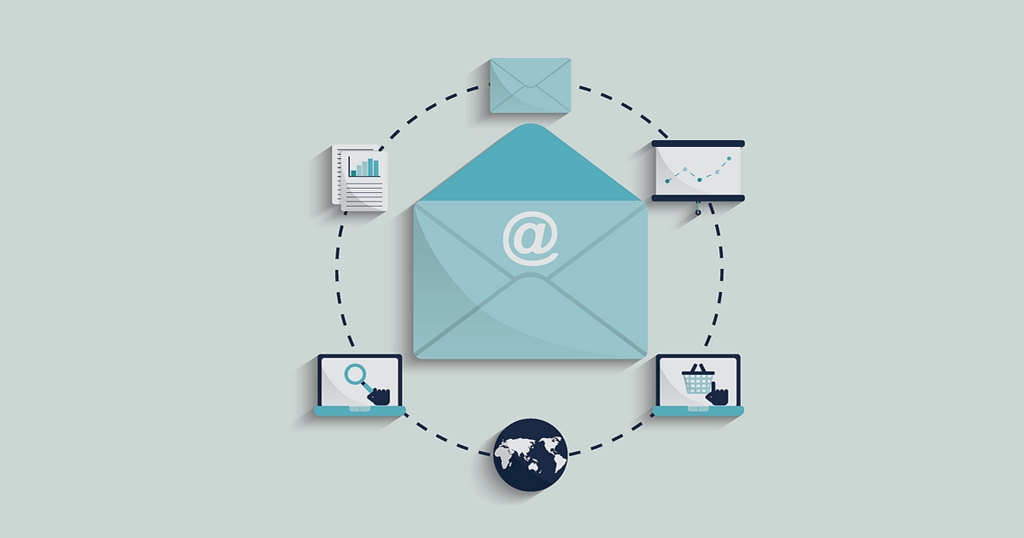
AR & AI: The eCommerce Arms Race
Did You See It Coming?
Earlier this month, IKEA emerged as the sleeper champ of retail’s augmented reality arms race. On the AI front, companies like Emarsys and Edgecase released eCommerce products that use advanced machine learning techniques to automate time-consuming data analysis and predictive forecasting strategies for retailers. With such tools available to manage mass audiences and their data, this is an opportunity for tech-minded shops to get a leg up on the competition. As a result, we can expect to see some large retailers (those who fail to adapt) fall behind in a relatively short amount of time. Survivors of this retail purge will make themselves known in the next year or two as these technologies become cornerstones of eCommerce. Here are some big changes to expect in the new paradigm of online shopping that everyone will be adding to next year’s budget.
“The IKEA Effect”
 Diving into Apple’s ARkit early-on, the home furniture & appliance giant successfully launched an AR app that lets users view how IKEA’s furniture will look in their home by selecting products from an online store. Released with iOS11, the brand was primed for a massive market reaction. Sure, the items still have some issues (they don’t adapt to lighting too well and their textures aren’t quite realistic), but as the first retail brand to jump into AR, the starting gun has been fired, and many companies are racing to capture value through this technology. Redstage CEO Adam Morris sees huge potential for AR in eCommerce, stating, “There’s certain industries that I see really benefiting from AR, especially companies where seeing the item in-person plays a huge factor. I believe jewelry sales could be completely revolutionized with AR, and then on to home goods like furniture.” However, Morris notes that the eCommerce industry typically lags a few years behind the latest tech trends, relying on major user adoption for companies to jump on the bandwagon. “For instance,” he recalls, “we talked about ‘mobile-first’ for years, well before companies would begin implementing it. Most didn’t pull the trigger until they had no choice — when mobile users made up more than thirty percent of their user base. It’s easy to argue that the industry is still doing a horrible job at mobile commerce, even now with roughly two-billion online shoppers using mobile.” Perhaps the companies that have been slow to catch up with mobile will double-down on AR, or risk giving up their market share to the brands that do. So what happens when health and beauty retailers jump onto this train? If Snapchat can already morph your face and add eye-shadow, will brands like Ulta Beauty and Maybelline step up to the challenge? How will consumers react to no-longer trying on makeup in-store, or to saving bundles of cash testing it through your app? Years down the line, this may even change the supply chain, because stores can test products without actually making them, without buying in bulk, and never worry about hemorrhaging money selling-off failed product. Will proactive make an AR filter to show what you’d look like without acne? Will Schick and Gillette face-off for a chance to show you how to carve up that beard? Furthermore, what will become of Snapchat, now that the company announced it will let brands create their own AR features? The possibilities are endless, and the brands that don’t engage AR or continue to view it as a passing trend will feel it in their bottom lines sooner or later. Watch: Snapchat’s Latest AR Project Puts Artwork All Over US Cities
Diving into Apple’s ARkit early-on, the home furniture & appliance giant successfully launched an AR app that lets users view how IKEA’s furniture will look in their home by selecting products from an online store. Released with iOS11, the brand was primed for a massive market reaction. Sure, the items still have some issues (they don’t adapt to lighting too well and their textures aren’t quite realistic), but as the first retail brand to jump into AR, the starting gun has been fired, and many companies are racing to capture value through this technology. Redstage CEO Adam Morris sees huge potential for AR in eCommerce, stating, “There’s certain industries that I see really benefiting from AR, especially companies where seeing the item in-person plays a huge factor. I believe jewelry sales could be completely revolutionized with AR, and then on to home goods like furniture.” However, Morris notes that the eCommerce industry typically lags a few years behind the latest tech trends, relying on major user adoption for companies to jump on the bandwagon. “For instance,” he recalls, “we talked about ‘mobile-first’ for years, well before companies would begin implementing it. Most didn’t pull the trigger until they had no choice — when mobile users made up more than thirty percent of their user base. It’s easy to argue that the industry is still doing a horrible job at mobile commerce, even now with roughly two-billion online shoppers using mobile.” Perhaps the companies that have been slow to catch up with mobile will double-down on AR, or risk giving up their market share to the brands that do. So what happens when health and beauty retailers jump onto this train? If Snapchat can already morph your face and add eye-shadow, will brands like Ulta Beauty and Maybelline step up to the challenge? How will consumers react to no-longer trying on makeup in-store, or to saving bundles of cash testing it through your app? Years down the line, this may even change the supply chain, because stores can test products without actually making them, without buying in bulk, and never worry about hemorrhaging money selling-off failed product. Will proactive make an AR filter to show what you’d look like without acne? Will Schick and Gillette face-off for a chance to show you how to carve up that beard? Furthermore, what will become of Snapchat, now that the company announced it will let brands create their own AR features? The possibilities are endless, and the brands that don’t engage AR or continue to view it as a passing trend will feel it in their bottom lines sooner or later. Watch: Snapchat’s Latest AR Project Puts Artwork All Over US Cities
The Fully Automatic Customer Journey
 Emarsys’ eCommerce platform is taking the world by storm. Using artificial intelligence to automate various customer retention and acquisition strategies, the AI uses machine learning to quickly create the perfect online shopping experience for each customer. Designed by Forrester, the system quickly crunches oceans of data about site visitors to cater to their needs and desires. After uploading two years of historical user data, eCommerce companies can maximize ROI on existing users. For new users, the Emarsys AI takes an average of 8 weeks to optimize the customer journey and activate recurring campaigns to keep engagement high. While there are many AI competitors out there, Emarsys boasts a robust, user-friendly platform that creates a truly personal experience for each shopper. As Morris describes it, “AI is becoming essential to work personalization into eCommerce, and machine learning systems offer huge advantages over rule-based systems. Marketers do not need to spend nearly as much time tweaking and administering a rule-based system when the AI is optimizing it automatically.” He adds, “We had a customer that doubled their newsletter list from 50k subscribers to 100k. However, since they did not employ any personalization strategies for what products were beingpresented, they only received a 15% increase in revenue from that channel.” As eCommerce threatens to surpass in-store sales (Business of Fashion) personalization of branded messages is critical. What are you doing to cater to each customer?
Emarsys’ eCommerce platform is taking the world by storm. Using artificial intelligence to automate various customer retention and acquisition strategies, the AI uses machine learning to quickly create the perfect online shopping experience for each customer. Designed by Forrester, the system quickly crunches oceans of data about site visitors to cater to their needs and desires. After uploading two years of historical user data, eCommerce companies can maximize ROI on existing users. For new users, the Emarsys AI takes an average of 8 weeks to optimize the customer journey and activate recurring campaigns to keep engagement high. While there are many AI competitors out there, Emarsys boasts a robust, user-friendly platform that creates a truly personal experience for each shopper. As Morris describes it, “AI is becoming essential to work personalization into eCommerce, and machine learning systems offer huge advantages over rule-based systems. Marketers do not need to spend nearly as much time tweaking and administering a rule-based system when the AI is optimizing it automatically.” He adds, “We had a customer that doubled their newsletter list from 50k subscribers to 100k. However, since they did not employ any personalization strategies for what products were beingpresented, they only received a 15% increase in revenue from that channel.” As eCommerce threatens to surpass in-store sales (Business of Fashion) personalization of branded messages is critical. What are you doing to cater to each customer?
Fringe Shoppers Beware
We all do it. We’ll aimlessly surf Amazon or another online retailer looking for something cool to buy, even when we don’t know exactly what we want. Edgecase, the company formerly known as Compare Metrics recently released a new product that helps convert shoppers who have a vague idea or even no idea of what they want. In a time where eCommerce and marketing penetrate the lives of every consumer, tools like Edgecase that help convert the shopping addicted masses are becoming hugely important. When integrated with an online store, the software makes selections for users based on what they’re thinking of (i.e. a blue dress in a certain size) rather than a specific brand. Users can also receive lists of recommended items when shopping for a specific event like a wedding or graduation. As we enter that special time of year, consider how a system built to convert fringe shoppers can have massive impact.
Final Thoughts
As the holiday season looms, companies taking advantage of AR and AI pose the biggest threat to your bottom line. As the eCommerce arms race ramps up, winners and losers will be defined by how they spend their 2018 budget. Make sure you’re planning to implement these tactics by next year’s holiday rush, or risk being left out in the cold.
Further Reading
+ Here’s five other ARkit projects that released with iOS11. + View Redtage’s outlook on the future of marketing & customer experiences. + Ten companies using machine learning in cool ways.





Recent Comments